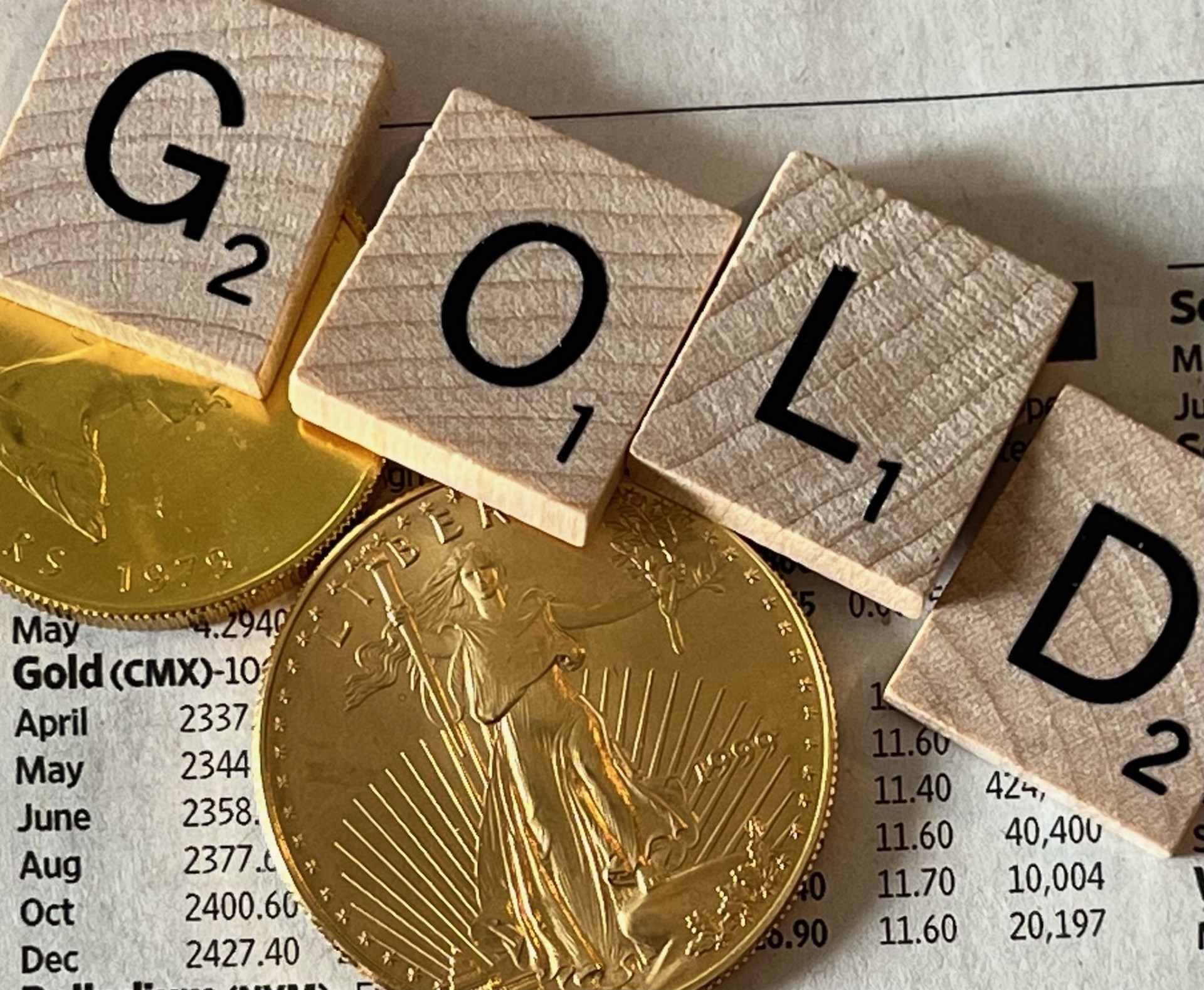
Gold has been quite volatile in 2024. The reality is that a lot of the bullish stance for gold was interrupted over the last 45 to 60 days. U.S. growth and interest rates are holding up stronger than expected, and the Fed’s rate cuts are no longer looking very aggressive for 2025. Gold took a serious backseat position relative to Bitcoin since the U.S. elections because the Trump victory was deemed to represent a crypto boom. And now there is a potential, even if it’s not an assurance, that some of the current geopolitical risks (outside of trade wars) may fade in 2025.
Let’s not forget about China in the risk/reward matrix when it comes to gold. After roughly a 6-month pause, after the prices were only rising, the Peoples Bank of China has decided it was time to start buying gold again. China added 160,000 ounces of gold to its central bank holdings in the month of November to a total of 72.96 million troy ounces.
Tactical investors have flocked to gold at various points in time, particularly as the “ultimate reserve asset” for periods of unexpected uncertainty. Gold also has a secular theme as many gold bugs buy gold and never sell it.
Gold peaked at nearly $2,800 per ounce in October and by mid-November, after the election and sharp rise in bitcoin had begun, gold briefly went as low as $2,550 per ounce again. The spot price was last shown to up 0.90% at $2,656.30 at the time of this report. Does this signal that China is marking a bottom? Perhaps, or maybe it just means that China will “tactically” add to its gold holdings if and when the price is weaker.
Some technicians and strategists have been calling for $3,000 gold in 2025. That projection does, of course, come with absolutely no guarantees. China has been the missing wild card because it had taken a time-out from its endless gold buying for the last 6-month period.
The World Gold Council issued its Q3-2024 Global Demand Trends and showed that central bank buying slowed further in the third quarter, but year-to-date total remains strong — less than 2023 but in-line with demand trends for 2022. Central bank net purchases of 186 tonnes had lifted YTD buying to 694 tonnes. Again, China was out of the picture most of Q2-2024 and all of Q3-2024.
The World Gold Council’s 2024 full year outlook also stated that “resurgent professional flows” combined with “solid bar and coin investment” will offset weaker consumer demand and slower central bank buying. The one word missing from its Q3-2024 summary and also missing from its central bank summary page was “China.”
China may have more than just gold to worry about. The PBOC has a significant role in China’s recovery as the promise of stimulus and easier economic policies for 2025 have been signaled. China’s foreign-exchange reserves rose by $4.8 billion to $3.266 trillion at the end of November. This was unexpected as the yuan had weakened against the dollar on Trump’s pledge of tariffs.
China’s additional gold buying may be more symbolic as a 6-month hiatus came to an end over just how much of additional amount it was. The 160,000 ounces represents an increase of about 0.22% for the month. That’s not likely going to move the needle very much, but this may signal China is willing to buy on any price dips.
One last consideration about the price of gold is not central bank demand nor demand from ETF buyers and coin and bullion buyers. It is the all-in sustaining costs that miners and producers are facing now. Newmont Corporation (NYSE: NEM) most recently reported its all-in sustaining cost of $1,475 per ounce, and Barrick Gold (NYSE: GOLD) reported an all-in sustaining cost of $1,507 per ounce. The companies are focusing on higher-yields and capping those costs — but the price to extract an ounce of gold from the earth is just a lot higher than it used to be. If the largest producers’ all-in costs do not start to come down then something has to change between the relationship between the spot price of gold and the cost to extract gold.